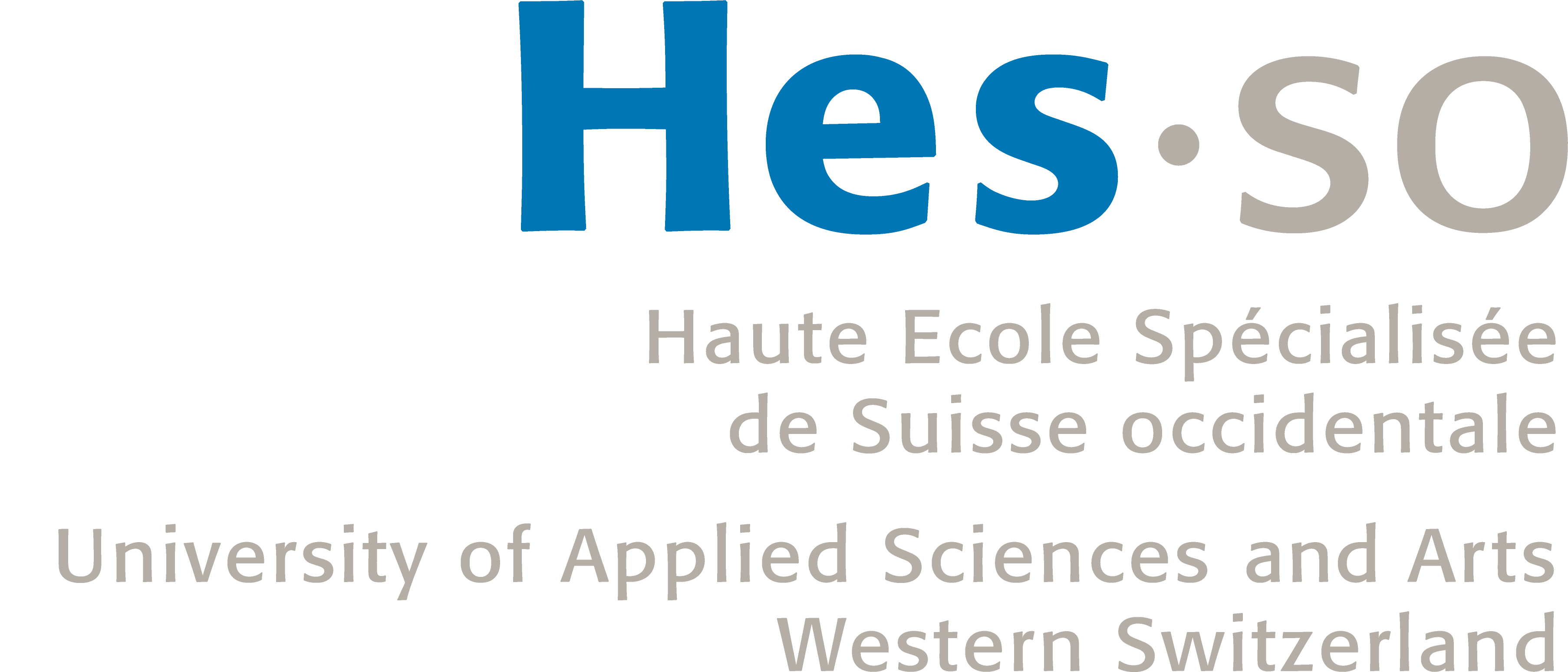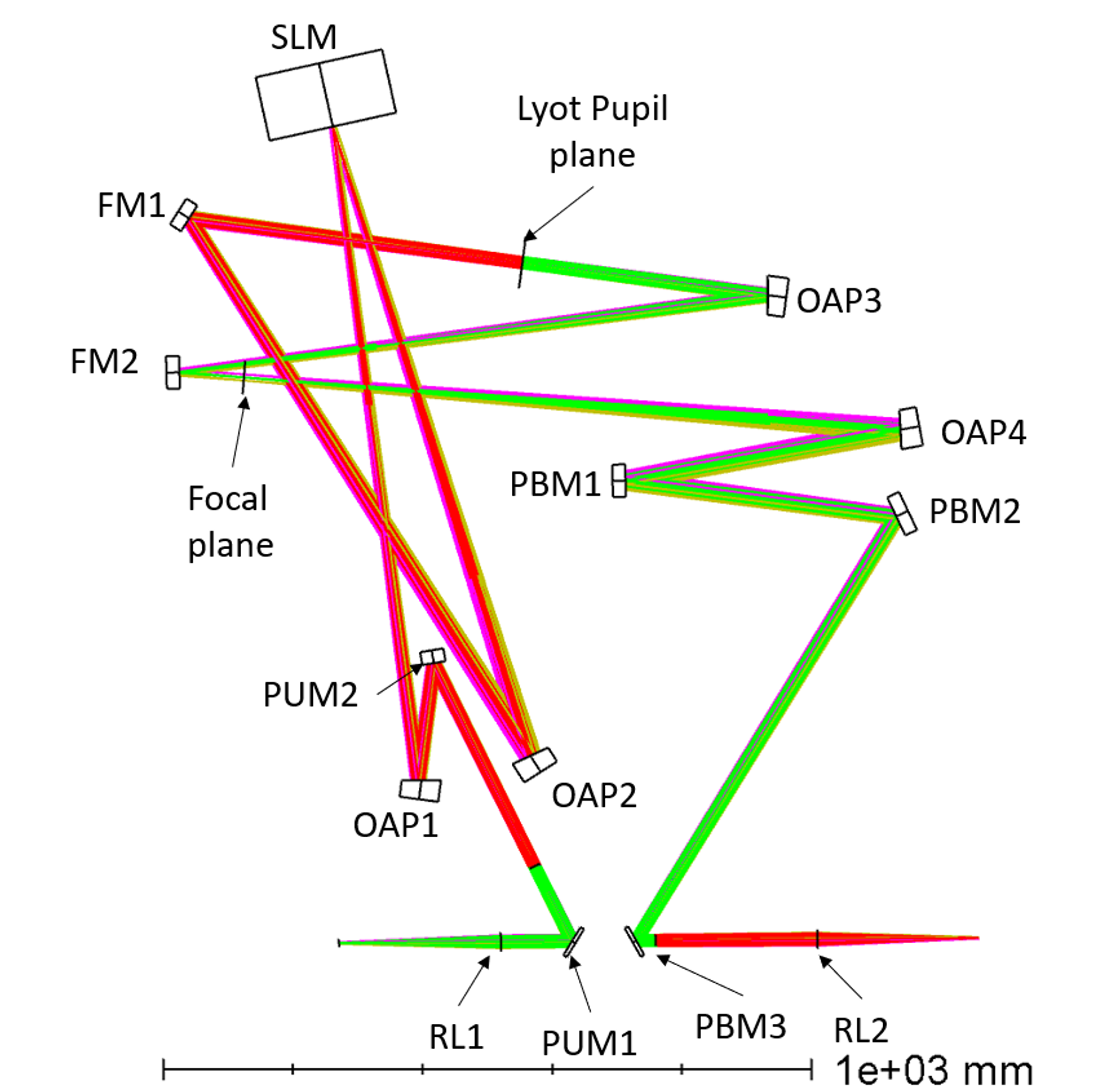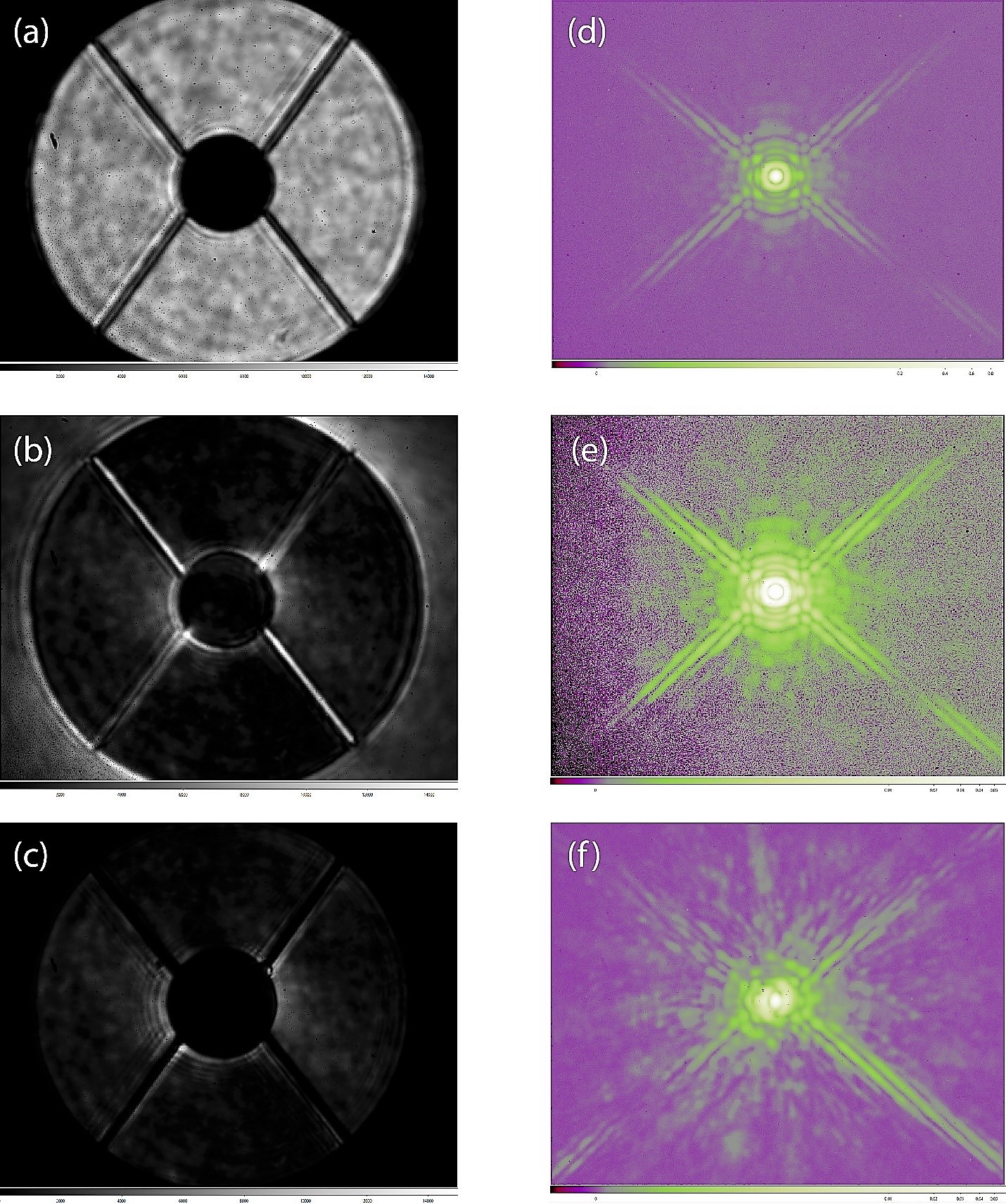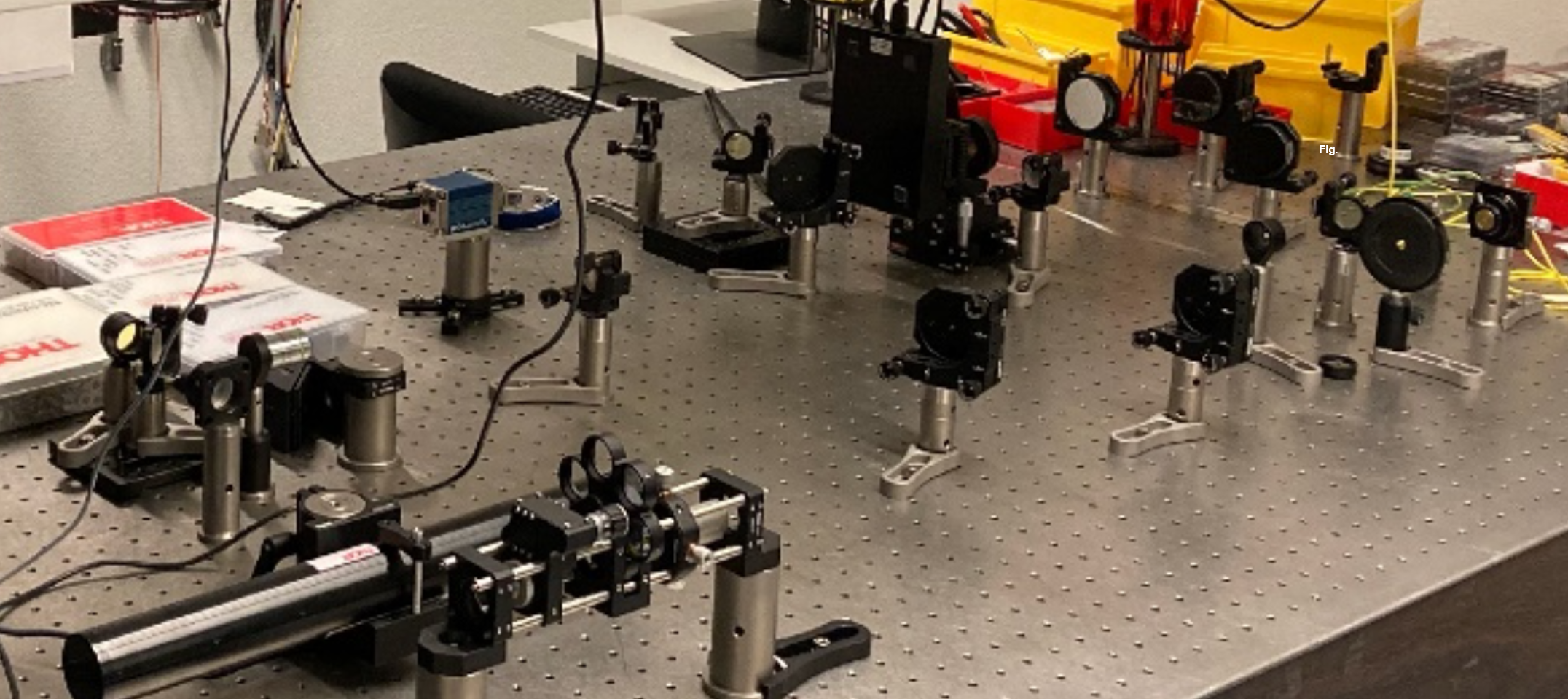We recently started to investigate how liquid-crystal on silicon (LCOS) spatial light modulator (SLM) would perform as programmable focal-plane phase mask (FPM) coronagraphs. Such “adaptive coronagraphs” could potentially help adapt to observing conditions, but also tackle specific science cases (e.g. binary stars). Active FPMs may play a role in the context of segmented telescope pupils, or to implement synchronous coherent differential imaging (CDI). We present a status update on this work, notably early broadband contrast performance results using our new Swiss Wideband Active Testbed for High-contrast imaging (SWATCHi) facility. Finally, we unveil the upcoming near-infrared PLACID instrument, the Programmable Liquid-crystal Adaptive Coronagraphic Imager for the 4-m DAG observatory in Turkey, with a first light planned for the end of the year 2022.





